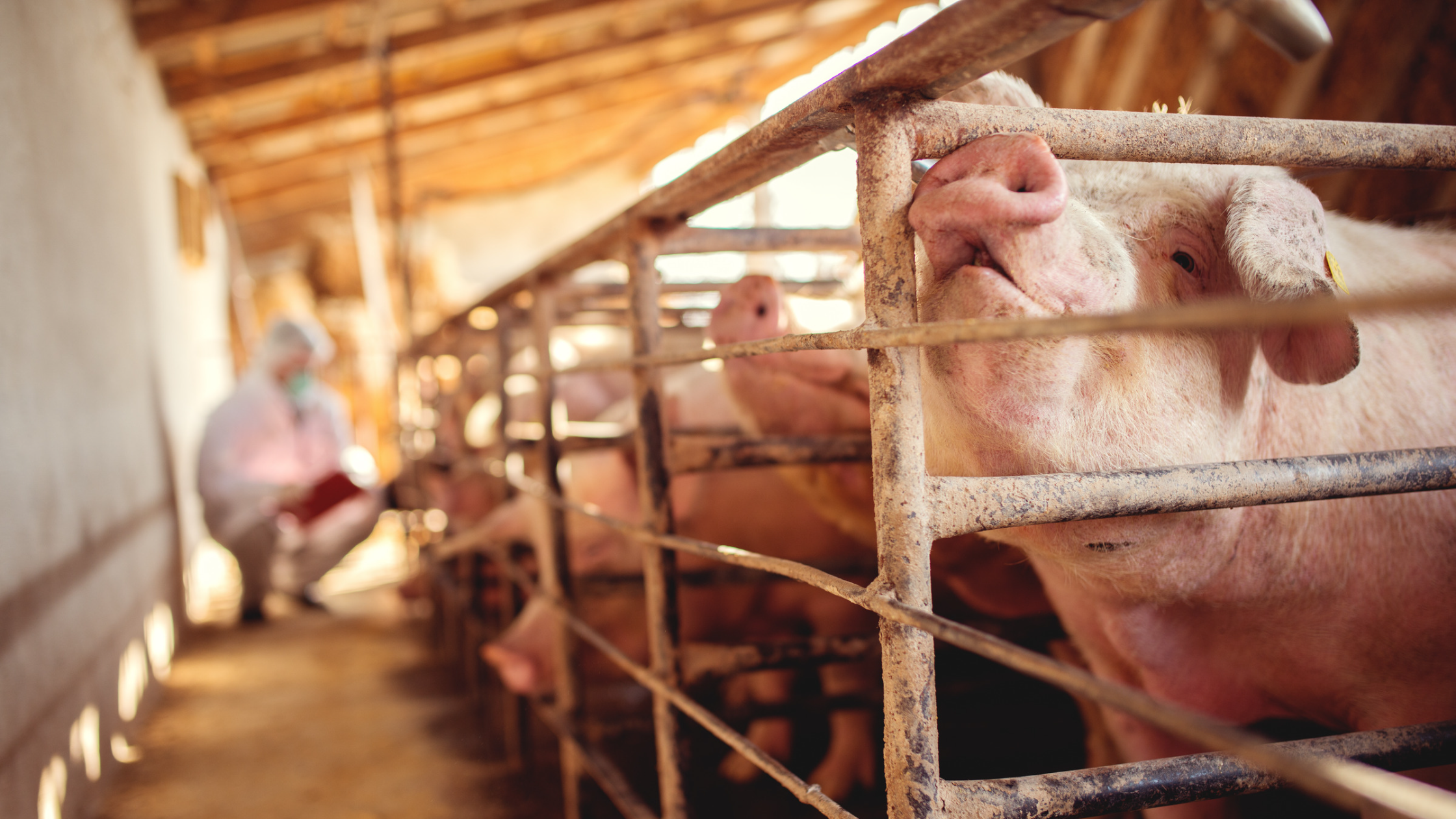Unlocking the Mystery of PRRSV Whole Genome Sequencing and Phylogeny
Porcine Reproductive and Respiratory Syndrome Virus (PRRSV) is a significant pathogen that impacts the pig industry globally. It causes reproductive failure in sows and exacerbates respiratory disease in pigs of different ages, resulting in substantial economic losses. The high mutation rate of PRRSV allows the virus to evolve quickly, making it challenging to control PRRSV infections effectively on farms, even with the availability of good vaccines. In this article, we will explain the basics of PRRSV genome sequencing and the interpretation of phylogenetic analysis for veterinarians.
First, it's essential to understand the genome structure of PRRSV, which is a single-stranded 15kb genome encoding various structural and non-structural proteins. Most genetic analysis methods in practice focus on sequencing open reading frame 5 (ORF5), encoding glycoprotein gp5. Although gp5 plays a crucial role in the entry of the virus into the host cell and gp5 is a significant target for neutralizing antibodies, the information received is limited and does not consider the full evolutionary history of the virus.
Whole genome sequencing is the process of determining the complete genetic information of PRRSV. By taking into account the entire genome, we can more accurately understand the evolutionary history of the virus. A phylogenetic tree (see example below), the result of a phylogenetic analysis, is a typical presentation of the evolutionary relationship between different PRRSV strains. Genome sequences of various strains are aligned and compared to each other to identify differences and similarities, which are then visualized in a phylogenetic tree. The tree represents the evolutionary relationships between PRRSV strains and shows how the viruses have evolved from a common ancestor. The closer two viruses are connected in the tree, the more similar they are in terms of their genetic material. The length of the horizontal branches represents the genetic distance or mutations that have occurred since the strains diverged from their common ancestor. However, it is important to note that sufficient virus strains should be included in the analysis to be able to assess their relationship. By adding more and more strains to the tree it will become more informative and accurate to analyse it.

Phylogenetic analysis is also more accurate than simply comparing nucleotide sequences based on pairwise identities (eg. nucleotide identity percentages). A phylogenetic tree can be used to analyze the introduction of a novel strain on a farm by clustering historical and recent strains of the same farm on different branches in the tree. This may indicate biosecurity breaches and require a proper audit to assess the root cause of the problem. Whole genome sequencing may also be useful in assessing inter-strain recombination events in PRRSV, which allows for the identification of potential major and minor parental strains and allows to identify exact breakpoints in the genome structure. However, recombination is a common phenomenon in members of the Nidovirales, and care should be taken when interpreting such findings, especially regarding virulence. To assess virulence, veterinarians should consider the entire picture, such as the presence of coinfections (!!!) or other factors that may influence the outcome of an infection. At this moment, we do not recommend veterinarians to use any PRRSV sequencing strategy as a tool to predict vaccine efficacy.
In conclusion, whole genome sequencing and phylogenetic analysis can provide valuable information about the diversity and evolution of PRRSV strains. It can also be used to identify biosecurity breaches and inter-strain recombination events. However, it's essential to interpret the results carefully and to position the results in the wider context of the farm.


